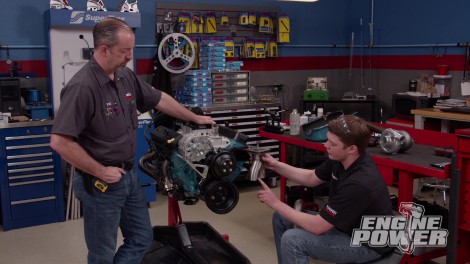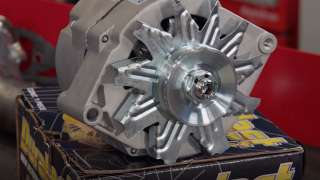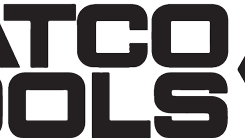
Boosted 4.3L V6 Makes Over 500 lb-ft On The Dyno!
We crank up the power on our old-school GM 4.3L V6 with some turbocharged forced induction.
Season 9
Episode 8
Hosts: Pat Topolinski, Frankie Forman
First Air Date: May 9, 2022
Duration: 21 minutes 30 seconds



































